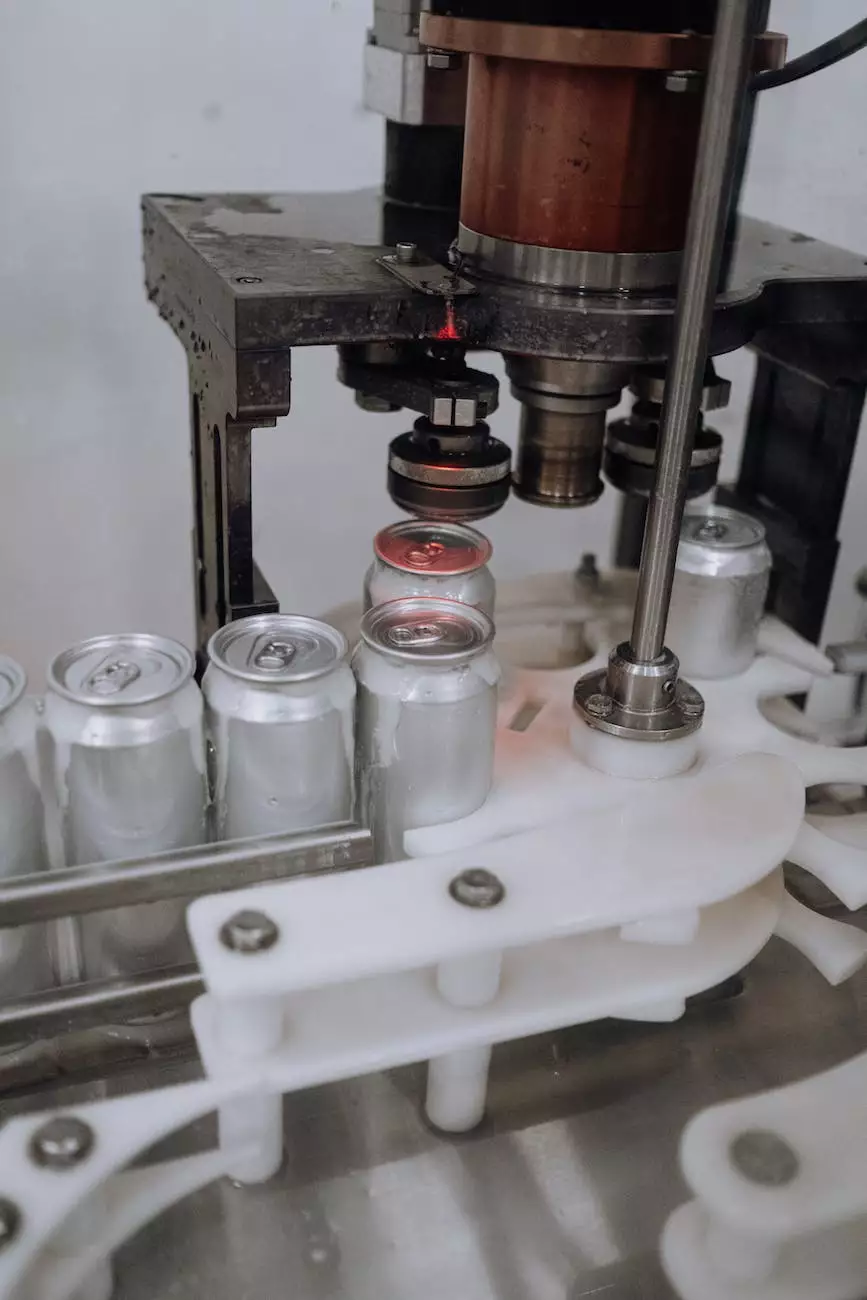Bluetooth Low Energy vs Bluetooth | What's the Difference?
Blog
Welcome to RPM Design and Prototype, your trusted source for technology solutions. In this article, we will explore the differences between Bluetooth Low Energy (BLE) and traditional Bluetooth technology. At RPM, we pride ourselves on staying at the forefront of technological advancements, and we are here to guide you through the nuances of these wireless communication options.
The Evolution of Bluetooth
Bluetooth technology has undergone significant evolution since its inception. Originally designed as a wireless replacement for cables and connectors, Bluetooth quickly became ubiquitous in various electronic devices. Over time, the need for improved power efficiency and expanded capabilities led to the development of Bluetooth Low Energy.
Understanding Bluetooth
Bluetooth is a wireless communication standard that enables connectivity between devices over short distances. It uses radio waves to transmit data between devices such as smartphones, tablets, computers, and other peripherals. Bluetooth technology is commonly used for audio streaming, file transfer, and device control.
Introducing Bluetooth Low Energy (BLE)
Bluetooth Low Energy, also known as Bluetooth Smart, is a power-efficient variant of traditional Bluetooth. BLE is designed for applications where low power consumption is crucial, such as wearable devices, fitness trackers, and IoT (Internet of Things) devices. Unlike regular Bluetooth, BLE is optimized for long battery life, making it ideal for devices that require continuous operation.
Key Differences
Now, let's dive deeper into the key differences between Bluetooth and Bluetooth Low Energy:
Power Consumption
One of the primary differences between Bluetooth and BLE is the power consumption. Bluetooth Low Energy is specifically engineered to minimize energy usage. It achieves this by operating in short bursts, providing intermittent connections and consuming significantly less power compared to regular Bluetooth. This enhanced power efficiency prolongs battery life, which is crucial for devices that rely on limited energy sources.
Data Transfer Rate
When it comes to data transfer rate, regular Bluetooth offers higher throughput compared to BLE. Traditional Bluetooth technology allows faster data transmission, making it suitable for applications requiring real-time streaming or transferring data-intensive files. On the other hand, Bluetooth Low Energy sacrifices data transfer speed to achieve power efficiency, making it ideal for applications that prioritize energy conservation over lightning-fast data transfer.
Range
Bluetooth typically provides a longer range compared to Bluetooth Low Energy. Regular Bluetooth technology can transmit signals over a distance of up to 100 meters, depending on the device and environment. In contrast, Bluetooth Low Energy focuses on short-range communication, with an optimal range of approximately 30 meters. The reduced range contributes to lower energy consumption, making BLE a suitable choice for use cases that involve close proximity communication.
Compatibility
Compatibility is another important factor to consider when choosing between Bluetooth and Bluetooth Low Energy. Most modern devices support both technologies, but it is essential to verify compatibility before establishing a connection. Some older devices may only support regular Bluetooth, while newer devices often incorporate Bluetooth Low Energy. RPM Design and Prototype can assist you in assessing compatibility and ensuring seamless integration into your projects.
Applications
Bluetooth and Bluetooth Low Energy find applications in various industries and sectors. Regular Bluetooth is commonly used for wireless audio streaming, connecting peripherals such as keyboards and mice, and transferring files between devices. On the other hand, Bluetooth Low Energy excels in applications that demand low power consumption, such as fitness trackers, health monitoring devices, and smart home automation. RPM Design and Prototype has extensive experience in developing solutions leveraging both Bluetooth technologies.
RPM Design and Prototype: Your Bluetooth Solutions Partner
As industry leaders in technology solutions, RPM Design and Prototype provides comprehensive expertise when it comes to Bluetooth and Bluetooth Low Energy. Our team of skilled professionals possesses a deep understanding of these communication technologies and can guide you towards the optimal choice for your specific project requirements.
Whether you need assistance in designing custom BLE-enabled devices, troubleshooting Bluetooth compatibility issues, or optimizing power consumption in your wireless solutions, RPM is here to help.
Partnering with us means gaining a competitive edge through innovative and cutting-edge solutions. Contact RPM Design and Prototype today and let us unlock the potential of Bluetooth and Bluetooth Low Energy for your projects.




